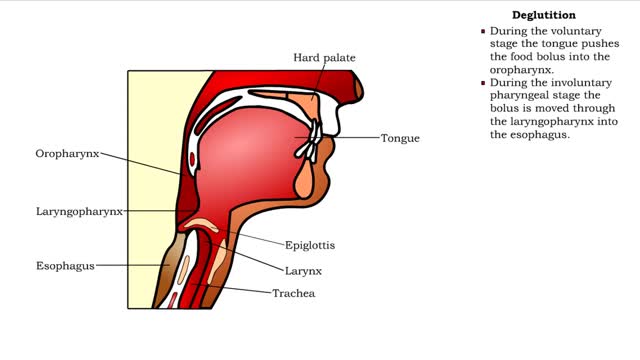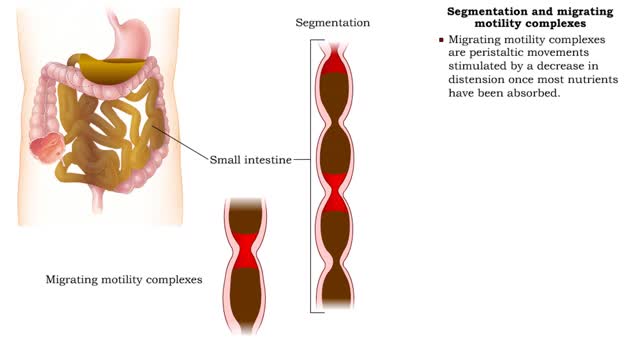Search Results
Results for: 'Men'
Component of feedback systems & Communication and regulation of body systems
By: HWC, Views: 11598
• Primary responsibility for communication and regulation in the body is shared by the nervous and endocrine systems. • The two systems work alone or together in specialized physiological processes called feedback systems to maintain homeostasis. • Feedback systems - or loops - are ...
By: HWC, Views: 11084
• Blood pressure determines the flow of blood to and from capillaries. • Low blood pressure results in reduced blood flow. • High blood pressure can cause blood vessels to break. In humans, sensitivity is due to portions of the nervous system called receptors. Receptors are typicall...
Mechanisms of capillary exchange (transcytosis & bulk flow)
By: HWC, Views: 11096
■ This method of capillary exchange is mainly used to transport small amounts of large, lipid-insoluble (water soluble) molecules, such as large proteins. ■ Substances, packaged in vesicles, move through endothelial cells via endocytosis and exocytosis. ■ This method of exchange is th...
Neural regulation of mechanical digestion- CNS voluntary, ANS & ENS controlled involuntary movements
By: HWC, Views: 11370
• The gastrointestinal [GI] tract is basically a muscular tube that contains and processes food as it moves from the mouth to the anus. • Mechanical digestive functions consist of both voluntary and involuntary muscle contractions and relaxation including: • Chewing and swallowing food....
By: HWC, Views: 10940
Swallowing occurs in three stages: • Voluntary stage in the mouth. • Involuntary pharyngeal stage. • Involuntary esophageal stage. • During the voluntary stage the tongue pushes the food bolus into the oropharynx. • During the involuntary pharyngeal stage the bolus is moved ...
Stomach peristalsis & Enterogastric reflex
By: HWC, Views: 10818
• Food enters, distending the stomach. • Stretch receptors activate enteric reflexes that promote peristaltic movements. • These movements, called mixing waves, begin to mix the food with stomach secretions. • Mixing waves force the digesting food (chyme) toward and through the pylo...
Segmentation and migrating motility complexes & Gastroileal reflex
By: HWC, Views: 11240
• Within a few hours, most of the stomach contents are in the duodenum. • Distension of stretch receptors in the small intestine activates a reflex that stimulates segmentation, a mixing movement. • During segmentation, sections of the intestine are constricted. • This movement incr...
Haustral churning, Gastrocolic reflex and mass peristalsis & Defecation
By: HWC, Views: 11756
• As the cecum becomes filled and distends, a local reflex causes: • Closure of the ileocecal valve. • Activation of haustral churning. • Haustral churning mixes the chyme, which helps absorption of water, salts, and vitamins. • Haustral churning propels the contents of the colo...
Nucleic acid digestion - brush border enzymes, end products & transport mechanism
By: HWC, Views: 11213
• Further digestion occurs at the microvilli (brush border) of the epithelial cells of the villi in the small intestine. • Two brush border enzymes complete nucleic acid digestion: • Phosphatases, which catalyze the cleavage of a phosphate to form a nucleoside (nitrogenous base and pent...
Advertisement











